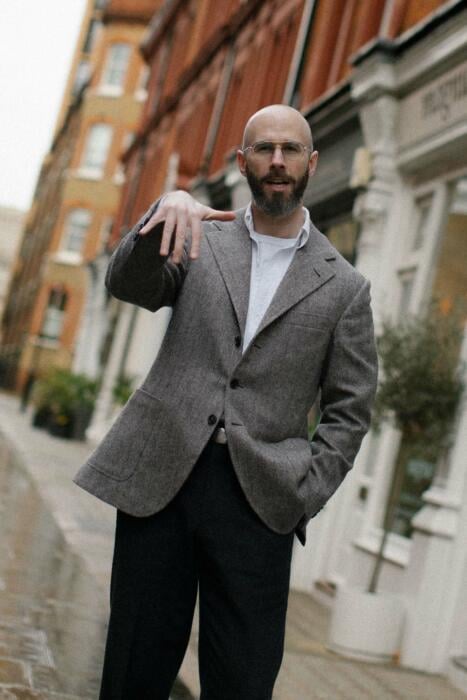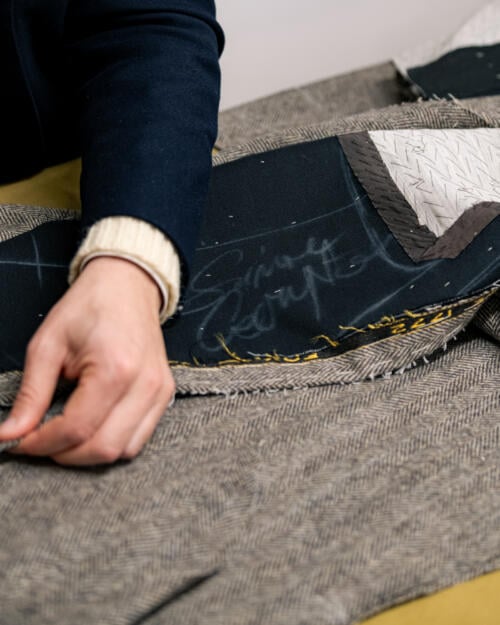
I’m back! Hello everyone, I hope you had a nice week in the amiable arms of Manish, and you haven’t all decided he is better in every respect than me. Although even if you have, fear not – he will be writing again very soon, including the second part of his chambray guide. Now, on with that PS staple, a bespoke review…
This is my finished jacket from Vittorio Salino, the Florentine tailor covered last month.
During the week I was in Florence we managed to do a quick measuring session and then two basted fittings (Vittorio already had the cloth). That meant he didn’t have as much time as usual for the fitting process, but from the start I could tell this wouldn’t be a problem.
The measuring was relatively simple, reminding me of the almost cursory way Antonio Liverano had of measuring – no coincidence of course, as Vittorio was head cutter there.
And the result was just as good when I had the first fitting. Perfect balance; no issues with my slightly lower right shoulder; no struggles with the drop over the tricep. Just nailed.
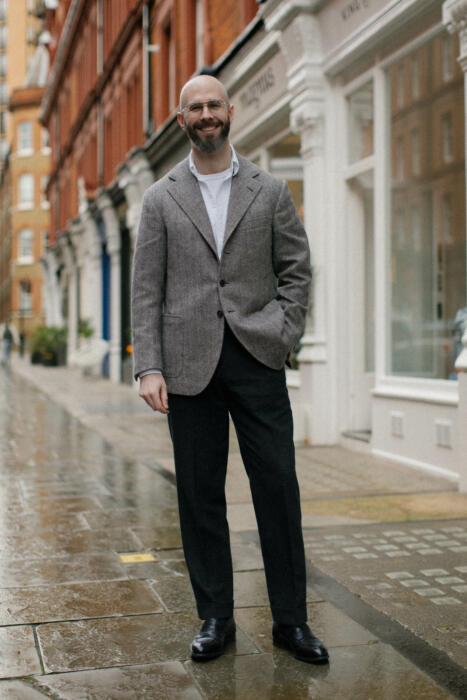
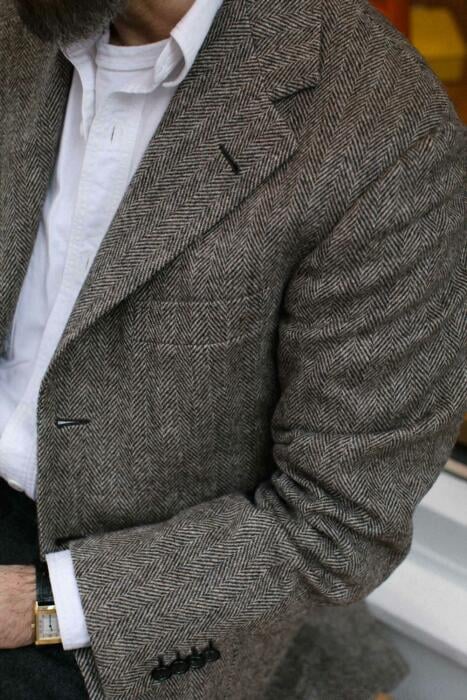
And so everything proved through to the finished jacket. The only question I have concerns how roomy the fit is, and whether I’d like that tweaked at some point.
As described in our interview, Vittorio likes a comfortable jacket – something that can be put on and forgotten about, whether you’re walking or sitting, talking or working.
It doesn’t necessarily look it from these images, but there is more drape in the chest and less suppression in the waist than normal. The result is I can easily wear a sweater like our two-ply cashmere crewneck underneath. (Though not something like a Rubato lambswool – we’re not talking as big as the Assisi DB.)
Vittorio’s cutting hides this well. The room in the chest isn’t obvious, and in the profile image below, you can see that there is still some shape to the back. I think the main reason to slim the jacket would be just to get sightly more shape in the front.
I’ve only worn it a few times, so I’m not entirely decided yet, but I’m not seeing Vittorio until the summer so there’s plenty of time to decide.
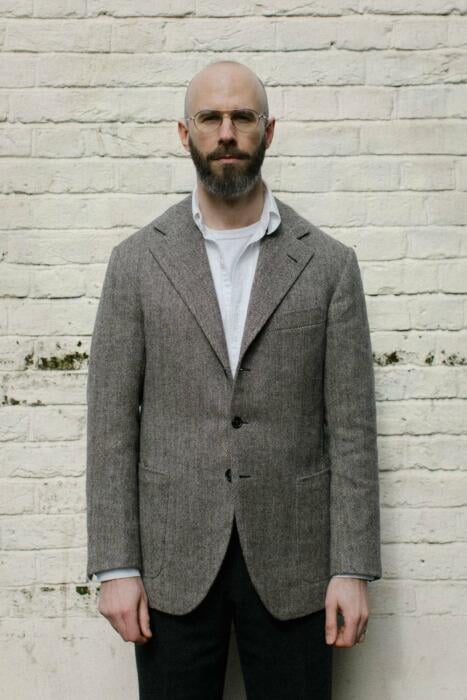
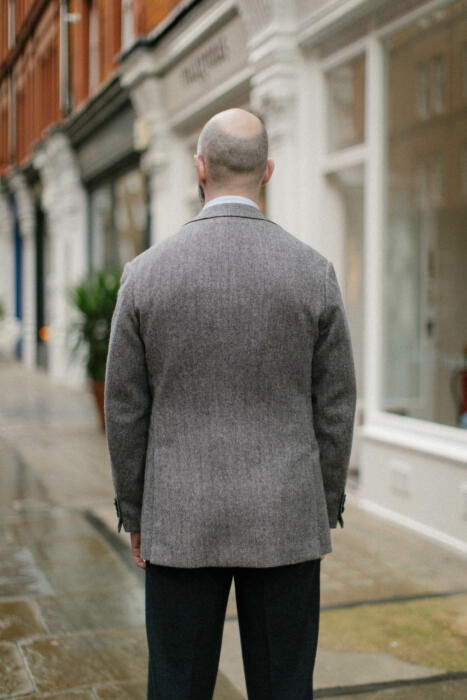
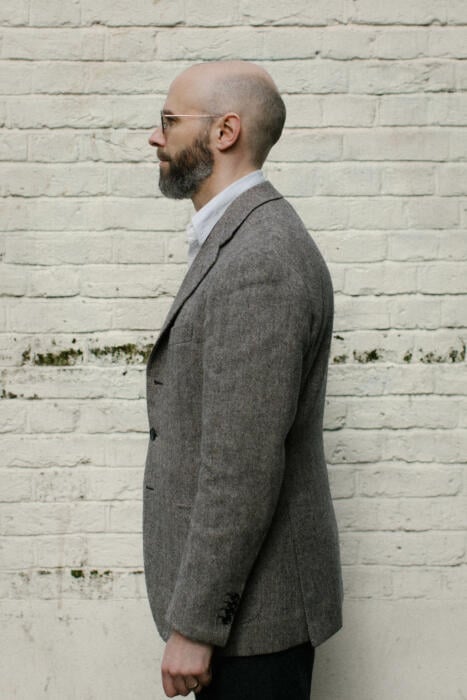
The jacket elsewhere is very well made, essentially the same as my Liverano and other Florentine makers like Vestrucci. It’s not the super precision of Milan, but it’s neat, strong and finer than something like Neapolitan.
That point about strength is a relevant one, because I really identify with the way Vittorio talked about his tailoring as a functional, everyday piece of clothing – and how George at Speciale did in the piece we did on them (George also trained in Florence).
If bespoke tailoring is to have a strong future outside of event wear – so as a regular, everyday part of the wardrobe – it needs this kind of unprecious, easygoing attitude. And I can see Vittorio’s comfortable fit being part of that.
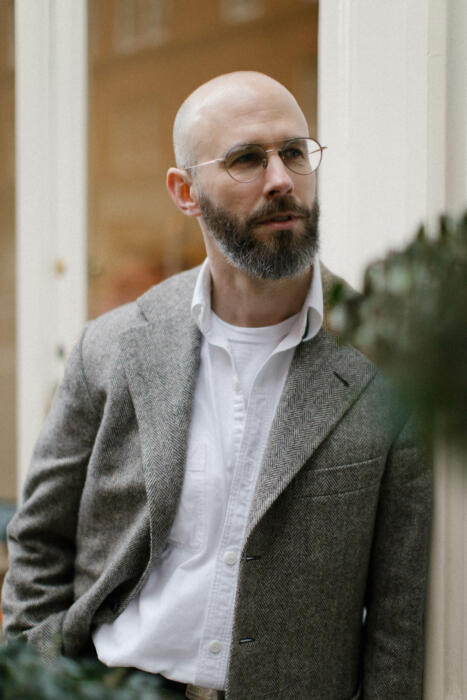
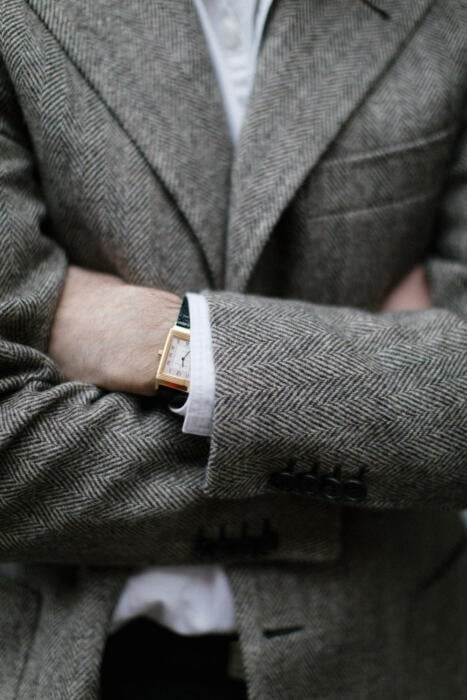
Indeed, the soft way the drape is created here illustrates this. An English drape cut has lots of room in the chest but it’s supported by layers of felt, canvas and horsehair. The Florentine one is softer, and falls more naturally.
This could feel sloppy to some, but it definitely feels simpler and easier. There isn’t that stand-up military feeling you get with most British tailoring, which of course even the A&S drape cut was originally inspired by.
The open roll of the fronts is similar. The whole jacket feels like it has just been cut open, folded back and then buttoned, with the lapels rolling naturally as they fall. This isn’t the case at all of course – it’s carefully calculated and controlled from the neck – but that’s the feeling. It might be why I’ve never been a big fan of three-roll-two fronts on English jackets.
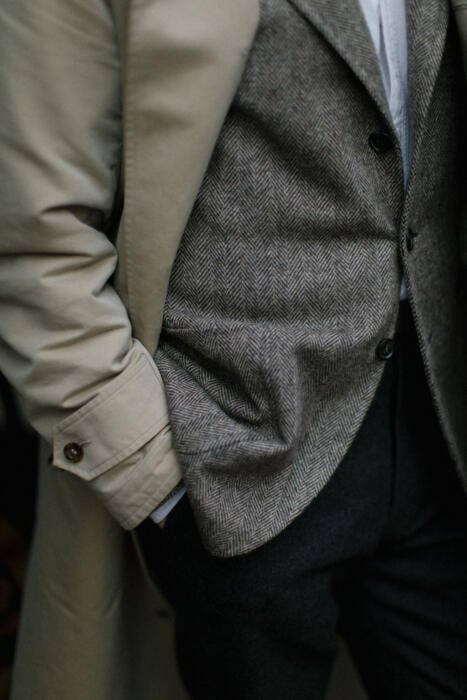
Moving on from the technical aspects, I should address the material’s differences from my grey herringbone, as a few readers have asked about how they compare.
They’re very similar of course, and most people would have no need of both. But if herringbone tweed is your thing, the two are a little different and have different uses. This Fox Tweed is as much brown as grey, at least in the lighter herring’s bones, and as a result is easier to wear with other neutral-coloured clothes, like blacks or greys.
An example is the charcoal flannels I’m wearing here, or black jeans. A grey herringbone can work too, but it needs colour elsewhere to stop it all being grayscale – a pink shirt or perhaps a brown belt/shoes.
For those using the ‘five jackets’ article as a way to build their tailored wardrobe, I’d think of this jacket as slightly more a brown option than a grey one.
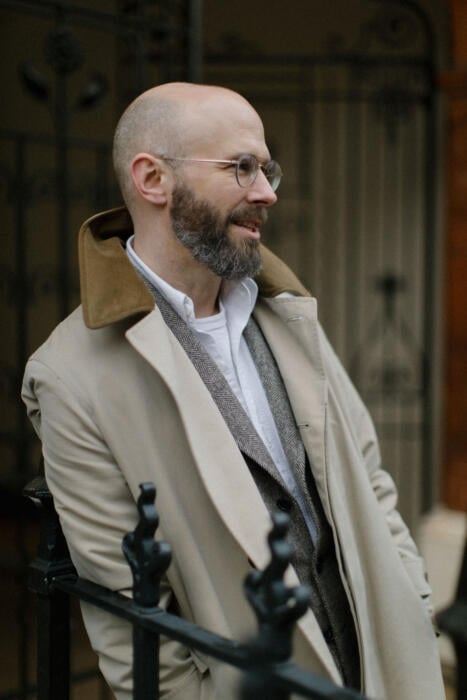
The charcoal trousers are from Whitcomb & Shaftesbury, made in Fox Heritage Flannel (HF9). The belt is crocodile from Ludens with a vintage silver buckle.
I was playing about with work shirts under jackets for a more casual look, but keeping everything white to retain that tonal feel. I quite like the result, though the Rubato shirt’s collar has a habit of flipping outside of the jacket, and the sleeves could be 1cm longer.
It’s a bit of a trade off: as with a lot of casual shirts, you just can’t get these materials to make bespoke, so it has to be RTW. The thicker material looks great with a tweed jacket, to me, but you sacrifice little points of fit.
The shoes are Piccadilly loafers from Edward Green in Utah leather, the glasses are old ones from Eye-Van I got at Ludovic in Brussels, and mostly wear at the weekend. The watch is my JLC Reverso, the coat my old Rider’s Raincoat in the original colour.
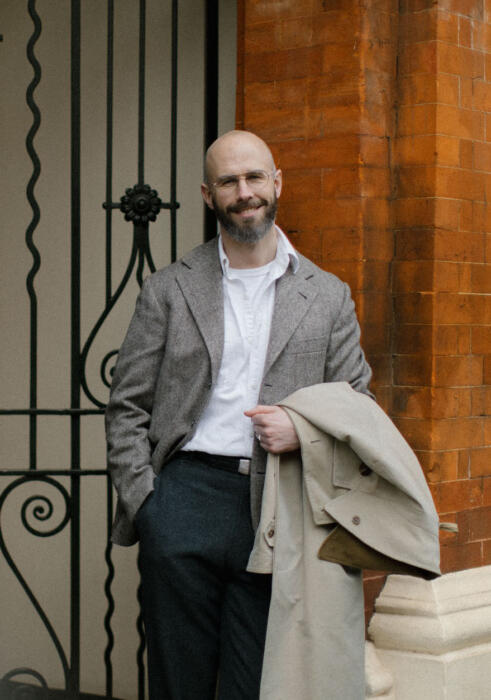
I’d highly recommend Vittorio based on this experience, for the end result but also the experience along the way – his style and his advice.
For more technical detail on Florentine cuts in general, see style breakdown pieces on Liverano here, and Vestrucci here.
You can read more about Vittorio in our interview on PS here. His prices in Florence start at:
- Jacket: €2200
- Suit: €3000
- Trousers: €800
- Coat: €4500
All include cloth and tax. Trunk show prices vary. Those trunk shows are held in Belgium, Zurich and Los Angeles. There are no plans to add others in the near future, due to capacity (Vittorio and Clément make everything themselves.)
Upcoming dates:
- 26th-28th April: Zurich
- 20th-25th May: Los Angeles
Not sure what I’m doing in the pic below, but it does show the shape of the jacket nicely!
